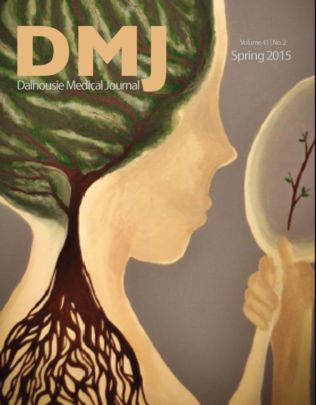Emergency contraceptives: A review of available options
DOI:
https://doi.org/10.15273/dmj.Vol41No2.6030Abstract
Emergency contraception is a method of contraception administered after unprotected vaginal intercourse to prevent an unplanned pregnancy. Although, emergency contraceptives (EC) have been around for at least two decades, surveys have shown there are gaps in both health professionals and women‘s knowledge. Today, there are four main types of EC available: the non-hormonal copper intrauterine device, combined oral estrogen and progestin (Yuzpe regimen), oral progestin-only (levonorgestrel), and oral antiprogestin (ulipristal acetate or mifepristone).This article compares the efficacy, mechanism of action, availability and cost of these methods to help guide health professionals and patients when determining an appropriate EC. Pertinent literature was reviewed, including primary research and guidelines, to provide a current review of options. The copper intrauterine device provides the most effective form of EC and can continually be used as a regular contraceptive. Levonorgestrel (Plan B®) is widely available without a prescription and can be used up to three days after unprotected vaginal intercourse. The Yuzpe regimen is inexpensive, though it is often associated with side effects. Ulipristal acetate and mifepristone are both effective up to five days after unprotected vaginal intercourse; however, mifepristone is currently unavailable in Canada.
Downloads
How to Cite
Khan, F., & Gold, E. (2015). Emergency contraceptives: A review of available options. DALHOUSIE MEDICAL JOURNAL, 41(2). https://doi.org/10.15273/dmj.Vol41No2.6030
Issue
Section
Review
License
Authors who publish with this journal agree to the following terms:
- Authors retain copyright and grant the journal right of first publication with the work simultaneously licensed under a Creative Commons Attribution License that allows others to share the work with an acknowledgement of the work's authorship and initial publication in this journal.
- Authors are able to enter into separate, additional contractual arrangements for the non-exclusive distribution of the journal's published version of the work (e.g., post it to an institutional repository or publish it in a book), with an acknowledgement of its initial publication in this journal.
- Authors are permitted and encouraged to post their work online (e.g., in institutional repositories or on their website) prior to and during the submission process, as it can lead to productive exchanges, as well as earlier and greater citation of published work (See The Effect of Open Access).


